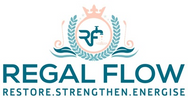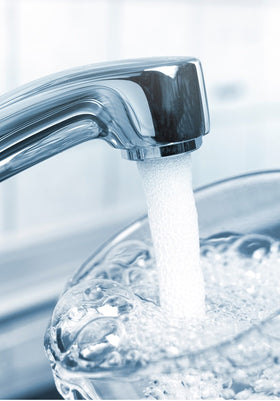
Whole House Water Filter: Exploring the Key Stages
Ever wondered why your tap water tastes like… tap water? Short answer: Whole House Filters use stages—sediment, carbon, and specialty—to clean every drop. Keep reading to see how Filter Types & Selection in each layer protect your pipes, improve taste, and even tackle sneaky contaminants, making your home’s water pure and worry-free.
Understanding the Multi-Stage Filtration Process
When it comes to keeping your home’s water clean, one filter just won’t cut it. Whole House Filters rely on multiple stages, each designed to tackle different impurities. Think of it as a relay race—every stage hands off cleaner water to the next. Together, they ensure your taps deliver water that’s safe, clear, and tasty.
The Standard 3-Stage System Explained
Most households stick to a tried-and-tested three-stage system. It’s simple, effective, and covers the essentials. Each stage builds on the last, so by the time water reaches your taps, it’s fully prepared for drinking, cooking, and bathing.
Stage 1: Sediment Filter (The Pre-Filter)
The sediment filter is the first line of defence. It captures dirt, sand, rust, and silt before they can clog your pipes or damage appliances. Imagine it as a sieve for your water. Without it, the rest of the system could struggle, making this pre-filter a real hero of clean water.
Stage 2: Activated Carbon Filter (The Main Filter)
This is where the magic happens. The activated carbon filter targets chlorine, chemicals, volatile organic compounds (VOCs), and any unpleasant odours. It transforms tap water from bland to refreshing. If your water has a funny taste or smell, this stage is the game-changer.
Stage 3: Fine Carbon Post-Filter (The Polishing Filter)
The post-filter adds the finishing touch. It removes any remaining particles, metals, or hardness depending on your system. Think of it as a spa treatment for your water. By the time it reaches your glass, every drop is clean, safe, and enjoyable.
Additional Stages for Advanced Filtration
Some homes face specific water challenges that need extra attention. Advanced systems allow you to add additional stages for more comprehensive protection. These stages target tougher contaminants and improve water quality further.
UV Sterilizer (For Bacteria and Viruses)
A UV sterilizer uses ultraviolet light to destroy bacteria and viruses. It’s perfect for homes using well water or untreated sources. This stage adds peace of mind, ensuring your water is not just clear, but hygienically safe.
Water Softener or Conditioner (For Hard Water)
Hard water can leave scale on taps and damage appliances. A water softener reduces calcium and magnesium, preventing buildup. You’ll notice it in silky-feeling water on your skin and hair, and appliances that last longer.
KDF Filter (For Heavy Metals)
KDF filters target heavy metals like lead, copper, and mercury. They help protect your plumbing and improve water safety. If your home has older pipes, this stage can prevent corrosion while keeping water clean and healthy.
Conclusion
Understanding the Stages of Whole House Water Filters
Installing a Whole House Filter is a smart move for clean water at home. These systems have stages that work together. They remove contaminants and make water safe to drink. The stages include pre-filtration, primary filtration, and post- iltration. They remove sediment, cut down contaminants, and polish the water. Knowing about these stages helps homeowners choose the right water treatment. A good whole house water filter system brings many benefits. It improves water taste, lowers contamination risk, and protects plumbing and appliances. With the right system and care, homes can have clean, safe water for years
🚀 Take the first step towards crystal-clear water. Call 0121 630 1130 or message us on WhatsApp today.
More Whole House Filter advice worth reading
Which Whole House Water Filter Removes the Most Contaminants?
What Is the Most Common Whole House Water Filter?
What Does a Whole House Water Filter Remove?
Is a Whole House Water Filter Better Than an Under-Sink Filter?



Leave a comment